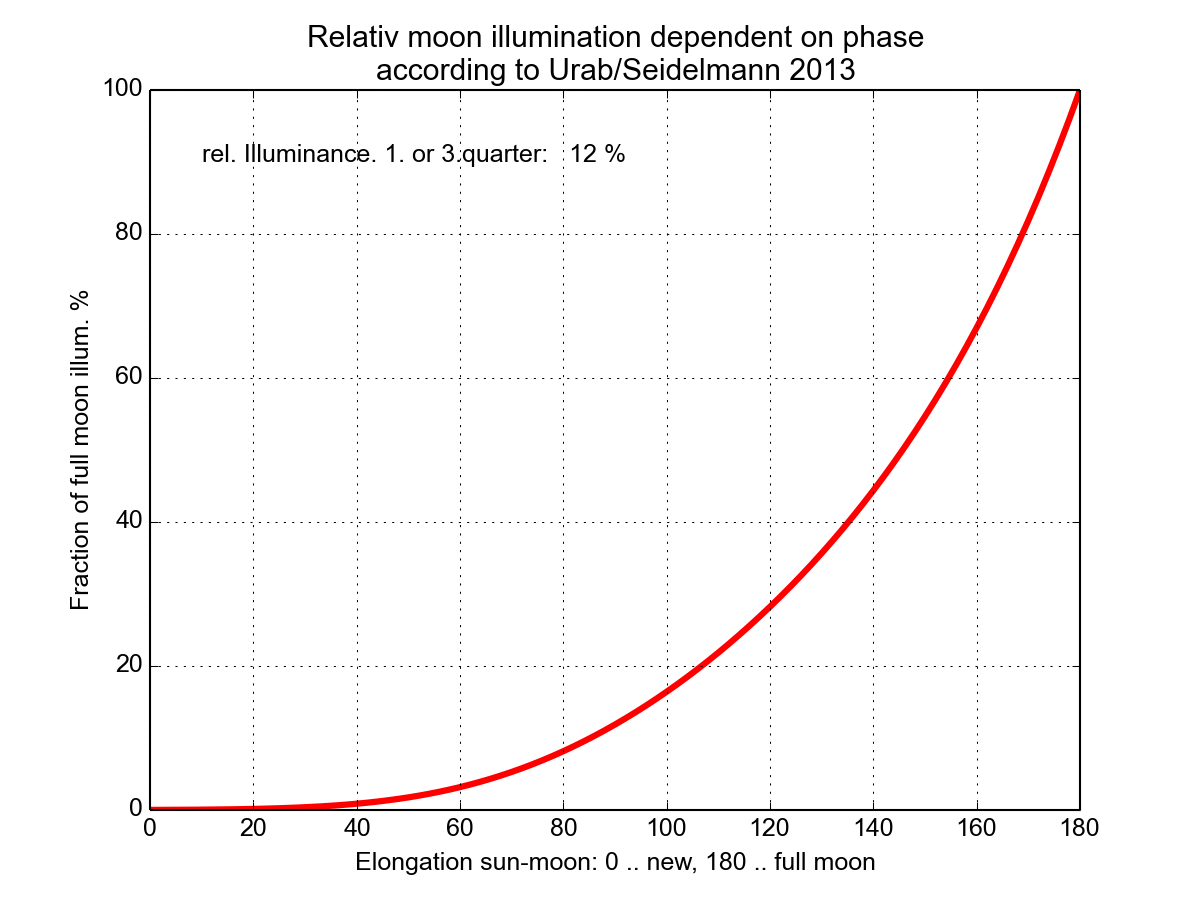5. Background and Calculations¶
5.1. Flow diagram of the program suite¶
![digraph foo {
concentrate=true
center=true
fixedsize=true
adnite2[shape=egg, label=<<B>adnite2-gui</B>>, color=blue, fontname="helvetica", penwidth=2]
adnite2g[shape=egg, label=<<B>adnite2-cli --graphics</B>>, color=blue, style=bold, fontname="helvetica"]
adnite2r[shape=egg, label=<<B>adnite2-cli --rst</B>>, color=blue, style=bold, fontname="helvetica"]
rst2html[shape=egg, label=<<B>rst2html</B>>, color=blue, fontname="helvetica", penwidth=2]
rst2pdf[shape=egg, label=<<B>rst2pdf</B>>, color=blue, fontname="helvetica", penwidth=2]
conf[label="Cofiguration-\nFile", shape=parallelogram, fontname="helvetica", penwidth=2, color=black]
input[label="GUI-Input", shape=parallelogram, fontname="helvetica", penwidth=2, color=red]
loc[label="Location\nSqlite3-DB", shape=parallelogram, fontname="helvetica", penwidth=2, color=black]
param[label=< <B>Parameter File</B> >, shape=parallelogram, style=bold, color=blue]
png[label="png-\nimages", fontname="helvetica", shape=parallelogram, color=red, penwidth=2]
rst[shape=box, label="rst-table", shape=parallelogram, color=blue, penwidth=2, fontname="helvetica"]
pdf[label="pdf", fontname="helvetica", shape=parallelogram, color=red, penwidth=2]
html[label="html", fontname="helvetica", shape=parallelogram, color=red, penwidth=2]
conf -> adnite2;
input -> adnite2;
loc -> adnite2
adnite2 -> param;
param -> adnite2g;
param -> adnite2r;
loc -> adnite2g;
loc -> adnite2r;
adnite2g -> png;
adnite2r -> rst;
png -> rst2html;
rst -> rst2html;
png -> rst2pdf;
rst -> rst2pdf;
rst2html -> html;
rst2pdf -> pdf;
}](_images/graphviz-ee6d4f052eb7b4ea4da61f8047a86d6bd30b7572.png)
5.2. Astronomic caculations¶
Astronomic caculations were done with help of the pyephem library
To get the “right” night following the actual day all calculations are centered about mean local midnight (MLM):

(MLN .. mean local noon).
5.2.1. Sunrise, sunset, moonrise, moonset¶
To render the results of the The United States Naval Observatory (USNO) [1] following procedure was applied according to Naval Observatory Rising and Settings
- Observer at the height of the horizon (e.g. sea level)
- Calculation is done for the upper limb of sun and moon
- No air pressure

- altitude of the horizon
 (taking care of the mean
apparent sun radius and for the average atmospheric refraction).
(taking care of the mean
apparent sun radius and for the average atmospheric refraction).
5.2.2. Twilight times¶
- No air pressure

- Calculation is done for the center of the sun.
- Cicil Twilight:

- Nautical Twilight:

- Astronomical Twilight:
 (not displayed in
adnite)
(not displayed in
adnite)
5.2.3. Moon positions and phases¶
- No atmosphere (
 ) and no refraction
) and no refraction - Phases are given in percent of the full moon disc
5.3. Illuminance caculation¶
The direct sun illuminance is not calculated. Only indirect sun illuminance during twilight and moon illuminance is calculated.
5.3.1. Moon illuminance at clear sky¶
It follows the empirical formula given in Urban, Seidelmann (2013), p. 518 ff.

with  the ground illuminance in lux,
the ground illuminance in lux,  for the
ground illuminance of the full moon (at the mean distance) as function
of altitude,
for the
ground illuminance of the full moon (at the mean distance) as function
of altitude,  the correction for moon phase and
the correction for moon phase and  the correction for the parallax.
the correction for the parallax.

with ![x = h[deg]/90](_images/math/19e37f25057f855cbef86bd4361d243395532774.png) as the normalized moon altitude. The values
for the
as the normalized moon altitude. The values
for the  are defined for different moon altitudes:
are defined for different moon altitudes:
| Alt. range [deg] |  |
 |
 |
 |
Max error |
|---|---|---|---|---|---|
| 20 - 90 | -1.95 | 4.06 | -4.24 | 1.56 | 0.02 |
| 5 - 20 | -2.58 | 12.58 | -42.58 | 59.06 | 0.03 |
| -0.8 - 5 | -2.79 | 24.27 | -252.95 | 1321.29 | 0.03 |
The phase dependence is given by the negative definite expression

and  is the elongation between sun and moon (
is the elongation between sun and moon ( new moon,
new moon,  full moon).
full moon).
Simplifications
- neglecting varying sun-earth-moon distances that effect moon brightness
- neglecting parallax effects
 between the topographic
position on earth and the center line between moon and earth.
between the topographic
position on earth and the center line between moon and earth.
5.3.2. Relative Moon Illuminance¶
The relative illuminance is defined as the ratio of  with
the (il)luminance of the mean moon at the zenith
with
the (il)luminance of the mean moon at the zenith  :
:

See the program code in module adnite2.constants for the actual value of the mean maximum moon illuminace. It should be somewhere about 265 mlx.
5.3.3. Twilight Illuminance¶
Because day time illuminances are not of interest quite a simple approach can be used:
with  the sun altitude,
the sun altitude,  ,
,  , e.g.
, e.g.  (ECET) as extra value,
and
(ECET) as extra value,
and  as the deep night background value (star light
plus air glow).
as the deep night background value (star light
plus air glow).
See module code adnite2.constants or in the configfile
adnite2.cfg for the actual values taken.
5.3.4. The Cloud Equation¶
According to the master thesis Hur mörkt blir det (How bright is it) by Lena Nilsson at the University of Uppsala (2007) the cloudiness effect on surface illumination can be approximated by a multiple bulk scattering process. Nilsson presents an equation that is derived from the sum of downward AND upward radiation. We think that is not justified. Downward radiation at the ground is all we need.
A further improvement can be applied by taking into account clear sky
backscattering. This can be achieved by using a sort of clear sky
atmospheric albedo  as in Möller
(1965).
as in Möller
(1965).
The total amount of available light below clouds is given by (see Thaler (2015)):

with:
 … amount of clouds (0 .. 1)
… amount of clouds (0 .. 1) … albedo of cloud tops
… albedo of cloud tops … albedo of cloud base
… albedo of cloud base … surface albedo
… surface albedo … incident radiation at top of the clouds
… incident radiation at top of the clouds … available light below the clouds
… available light below the clouds … backscattering albedo of the clear sky atmosphere
for the incoming radiation (“top” of atmosphere)
… backscattering albedo of the clear sky atmosphere
for the incoming radiation (“top” of atmosphere) … backscattering albedo of the clear sky atmosphere
for the ground radiation (“bottom” of atmosphere).
… backscattering albedo of the clear sky atmosphere
for the ground radiation (“bottom” of atmosphere).
Albedo values
Rough estimates derived form Möller (1965) and Nielsson (2007). Any dependence of the direction of the incoming radiation is neglected.
| Remark | Value |
|---|---|
| Cloud top | |
| NS | 0.90 |
| SC | 0.70 |
| ST or thin SC | 0.65 |
| Cloud bottom | |
| NS | 0.90 |
| SC | 0.70 |
| ST | 0.65 |
| thin ST or SC | 0.50 |
| thick AC or AS | 0.70 |
| CS | 0.35 |
| CI (or haze) | 0.20 |
| Ground | |
| sea without waves | 0.20 |
| sea with moderate to high waves | 0.04 |
| ice without snow | 0.55 |
| ice with fresh snow | 0.80 |
| dense forest, no snow | 0.05 |
| dense forest, dry snow | 0.50 |
| wet ground | 0.05 |
| humid ground | 0.10 |
| dry ground | 0.20 |
| snow slush | 0.35 |
| dry fresh snow | 0.70 |
| old snow, half covering | 0.25 |
| desert | 0.25 |
| Atmospheric albedo (Möller, 1965) | |
| Rayleigh atmosphere | 0.07 |
| medium turbid atmosphere | 0.15 |
| highly turbid atmosphere | 0.25 |
5.3.5. Sources¶
- Fritz Möller: On the backscattering of global radiation by the sky. Tellus XVII (1965), 3 (Retrieved Aug. 2015)
- Lena Nilsson: Hur mörkt blir det? Institutionen för geovetenskaper, Uppsala Universitet, Juni 2007. (Retrieved March 2016). Available as an internal German translation.
- D. Thaler (2015): Multiple scattering of incomming short wave radiation between clouds and ground. (Retrieved March 2016)
- S.E. Urban, P.K. Seidelmann (edit.): Explanatory supplement to the Astronomical Almanac. 3rd edition. University science Books (Mill valley, California, 2013)
Footnotes
| [1] | USNO data services cannot be reached via an Austrian IP-adress. Use an US proxy server instead. |



